6. The Sentimental Engine Slayer (Omar Rodríguez-López)
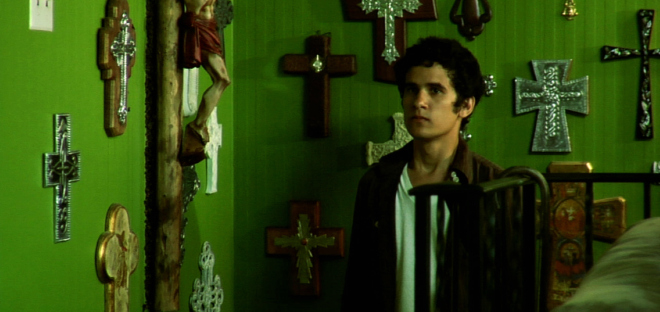
Drifting through the stark landscape of El Paso, Texas, an insecure twentysomething named Barlam (director Rodriguez Lopez) lives with his addict sister, works in a grocery store, spends his free time building the same model car over and over again, and complains that he’s a social outcast to the few friends he has.
But his life–and this film–never seems to stay in one place: the non-linear plot jumps from one vignette to another depicting the young man’s increasingly deteriorating mental state. Between his sexual inadequacy and hallucinations of violent murder, Barlam seems like a young man slowly unraveling before our eyes.
Omar Rodríguez-López–best known as the lead guitarist and bandleader for the now-defunct bands At The Drive-In and The Mars Volta–crafts an intriguing, if not totally sensical, film in The Sentimental Engine Slayer. Casting mostly friends and family, this experimental drama is well-shot and edited but lacks depth in the acting and plot.
The sound design is excellent (also crafted by Rodriguez-Lopez, who also wrote and produced the film), and there is a Lynchian visual style and approach to the subject matter. While an interesting excursion, it also wears on the viewer after a while, as none of the strange events that occur throughout the film are never explained–something that didn’t seem to concern Rodríguez-López. Showing promise as a filmmaker, perhaps with a linear story (or at least one that adds up eventually),the multi-talented Rodríguez-López may one day produce a film that matches the ambitions he displayed in this one.
7. Filth and Wisdom (Madonna)
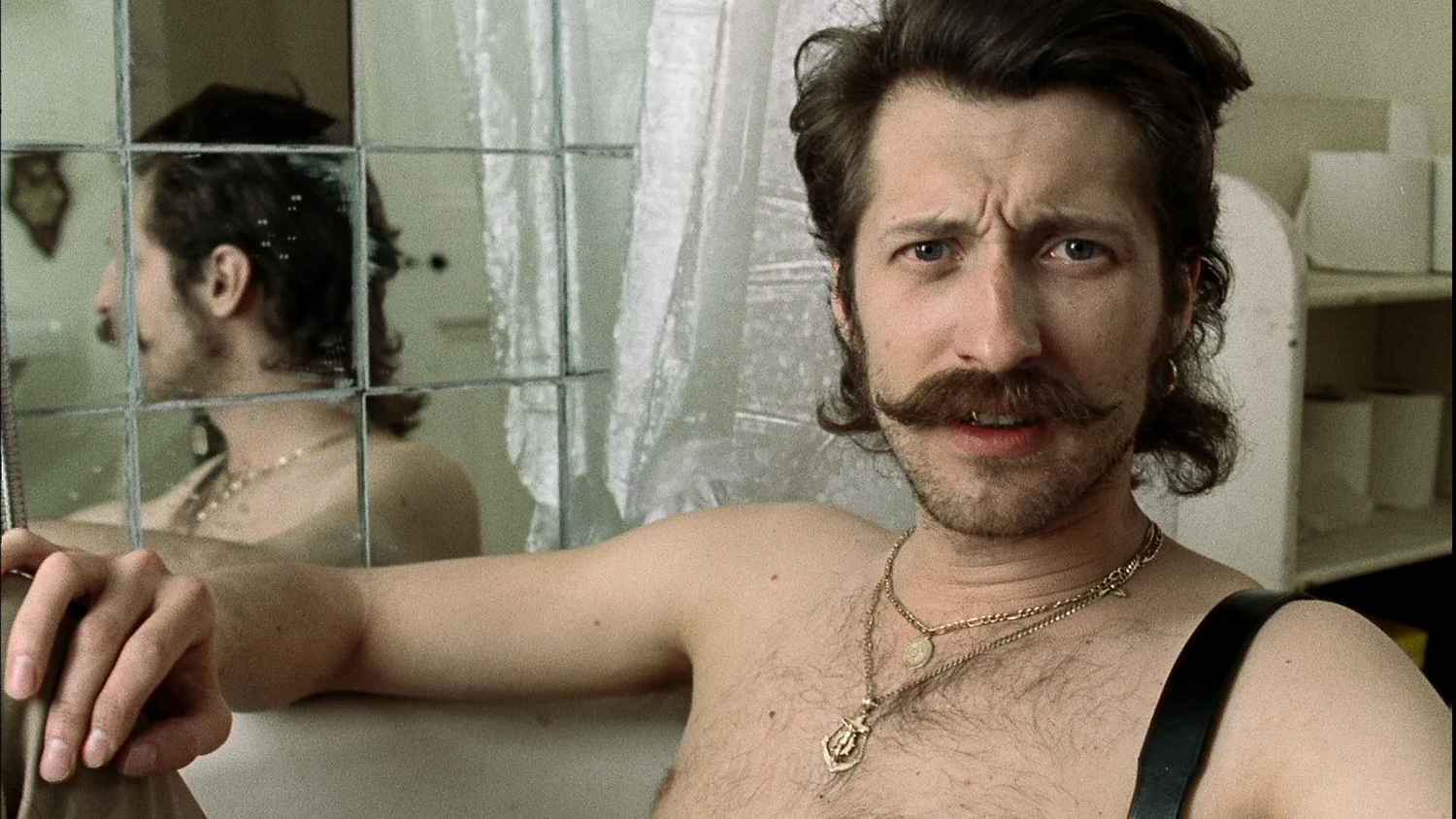
Madonna is one of those musicians that seems like they’d rather be an actor: after having a go throughout the 1980s and 1990s to become a film star, with mixed results, when her last starring feature role, 2002’s disastrous Swept Away, was obliterated by critics, she seemed to end her ambitions as an actress. Throughout all of this, of course, The Material Girl continued a highly successful music career.
But it seemed like she was not yet done with the silver screen, and in 2008 directed her first feature film, Filth and Wisdom. A comedic drama with musical elements, the film follows the efforts of an Ukranian immigrant in London who aspires to be a rock star but makes ends meet by being a cab driver, a dominatrix, and an errand boy. He lives with two roommates, a ballet dancer-turned-stripper, and a pharmacy assistant who aspires to going to Africa to do volunteer work but has developed a strong pill addiction.
Alternately despairing and comedic, Madonna’s debut film–which she also wrote–is a strange entry from one of the richest and most successful musicians in the world, who decided to ignore the material her own extraordinary life could have provided to focus on the sad dreams of rather pathetic characters who live on the edge of delusion. Just as an actress she makes a wonderful singer, as a director, Madonna sure is a good musician.
8. HWY: An American Pastoral (Jim Morrison)
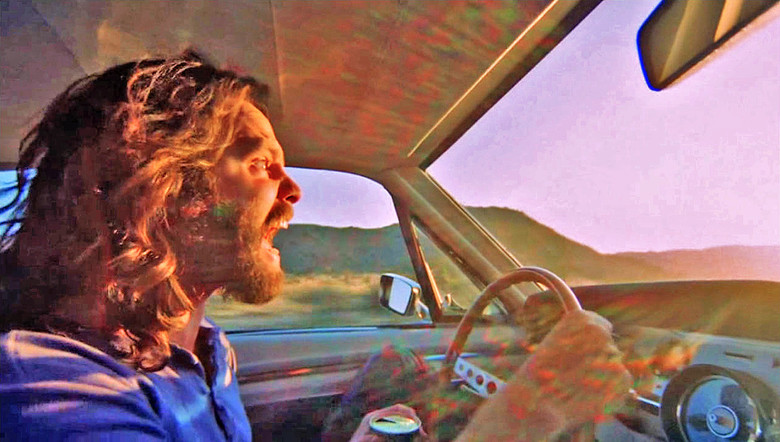
A man climbs out of a lake, dries off in the sun, climbs across the rocks in a brook, and begins trying to hitchhike. After 15 minutes of watching this young man walk down a road while in voiceover he tells a story of coming across a group of dead American Indians in a car crash when he was a child, he’s finally picked up. We then watch the wordless car ride shot from the passenger’s side.
In a general store, the drifter spins a paperback carousel around. Then the drifter is back on the road as wild music plays in the background; he’s shown driving seemingly aimlessly around the desert. He then joins a group of children dancing and singing a Native American song. Then he stops for gas. And then he’s in L.A. He makes a phone call and dispassionately explains that he had killed the owner of the car in the desert. The man then goes to the Whisky-A-Go-Go. And that’s the end of the movie. Oh, and the drifter was played by Jim Morrison, who also wrote and directed the movie.
That may be the only interesting part about this movie–which runs for 50 minutes and has less than ten lines of dialogue. One could make a case that this was an avant garde piece that predates the long, meditative, and silent shots that Gus Van Sant would later master in his work, but in truth HWY: An American Pastoral comes across more like a student film than an actual professional production.
Even Morrison would later explain that he considered it a “warm-up” to a much larger project, but his early death put to rest any further development on his plans for a future film. While revered as a rock god, Morrison’s sole directorial effort didn’t show much promise for the musician in the filmmaking business.
9. True Stories (David Byrne)
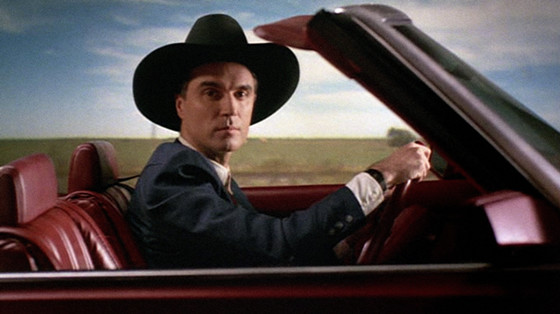
David Byrne–the singer and songwriter of the seminal rock band Talking Heads–was one of the most successful musicians of the 1980s whose music was popular with both indie and mainstream music fans. His off-kilter lyrics, melodies, and persona seemed to resonate with American culture at the time, which had recently entered the new domain of the music video.
Having been an art student, Byrne directed several of Talking Heads’ music videos, always providing them with an innovative and original look. In 1986, he decided to write, direct, and star in his own feature film, a comedy called True Stories.
Set in the town of Virgil, Texas as the town prepares to celebrate its sesquicentennial, Byrne acts as narrator and guide to the eccentrics that populate the town. While Byrne muses upon how wonderful highways, malls, and towns in America are, we meet a lonesome romantic (John Goodman), the richest woman in town who never leaves her bed (Swoosie Kurtz), and an enthusiastic civic leader (Spalding Gray) who delivers a lecture on the amazing advances of how the integration between work and play has led to a new utopia. Byrne tours the town, visits the local computer chip plant, and goes to a karaoke night, and the film culminates in the town holding its celebration and Goodman finally finding love.
While not a success at the time of its release, True Stories has gone on to acquire a cult following. It’s easy to see why: it’s a breezy, quirky film that acts as a time capsule to 1980s America. The soundtrack (provided by Talking Heads, of course) is similarly stellar, and Byrne proves himself to be a talented director. It’s a genuinely fun movie: it’s bright, funny, and original. More than that, it’s an actual good movie directed by a musician–something of a rarity if you consider the other entries on this list.
10. Human Highway (Neil Young)
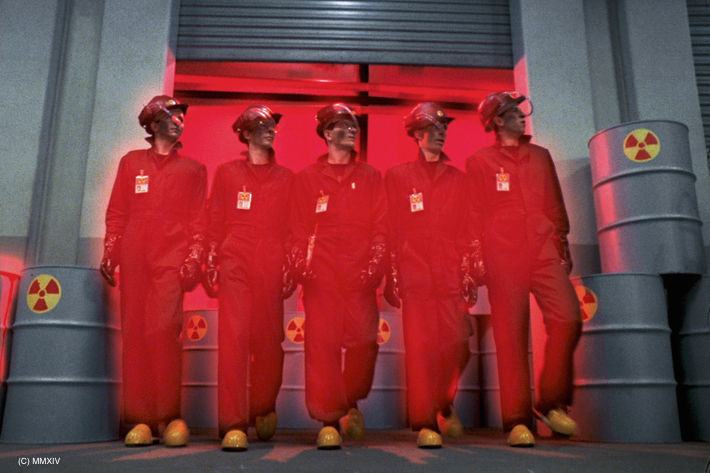
Neil Young is, to put it lightly, kind of a downer. While a wonderful songwriter and musician, his lyrics and general sound tend towards the dark and brooding. However, as a filmmaker, Neil Young had decided to go the opposite direction, making a very bizarre comedy about the end of the world called Human Highway.
Set mostly in a small gas station and diner next to a nuclear power plant, Otto (Dean Stockwell) announces he’s going to fire his employees and burn the diner to the ground for the insurance money. Workers at the nuclear plant that dispose of the nuclear waste (played by the new wave band Devo) reveal that they dump the waste in a nearby town instead of disposing of it properly. Meanwhile, the goofy mechanic Otto (Neil Young) dreams of being a rock star.
A love triangle between Otto, a waitress, and a milkman is also detailed, and when a rock star (also Young) in a limo drives up, Otto bumps his head and enters a dream where he’s a rock star with a backing band of wooden Indians and receives a milk bath from the waitress. When he awakes, the townspeople inform him that a nuclear war has started. They all grab shovels and do a choreographed dance; we then see them ascending a staircase up to heaven.
The film–which Young personally spent $3 million of his own money on–confounded audiences upon its release. With just a general outline, Young instructed the actors to improvise their own scenarios and lines. The film’s visual style was the sort of satirical, hyper-real aesthetic that could be compared to John Waters’ work, while the film itself is a sideways version of The Wizard of Oz.
A truly strange film, perhaps the biggest surprise is that such an outre and purposely silly movie would come from such a serious–even morose–musician as Neil Young. Unlike the other directors detailed in this list, Young has gone on to direct some more, including a musical of his album Greendale, along with a documentary about his former band, Crosby, Stills, Nash, and Young called Déjà Vu.
Author Bio: Mike Gray is a writer and academic from the Jersey Shore. His work has been featured on Cracked and Funny or Die, and he maintains a humor recap TV and film blog at mikegraymikegray.wordpress.com.